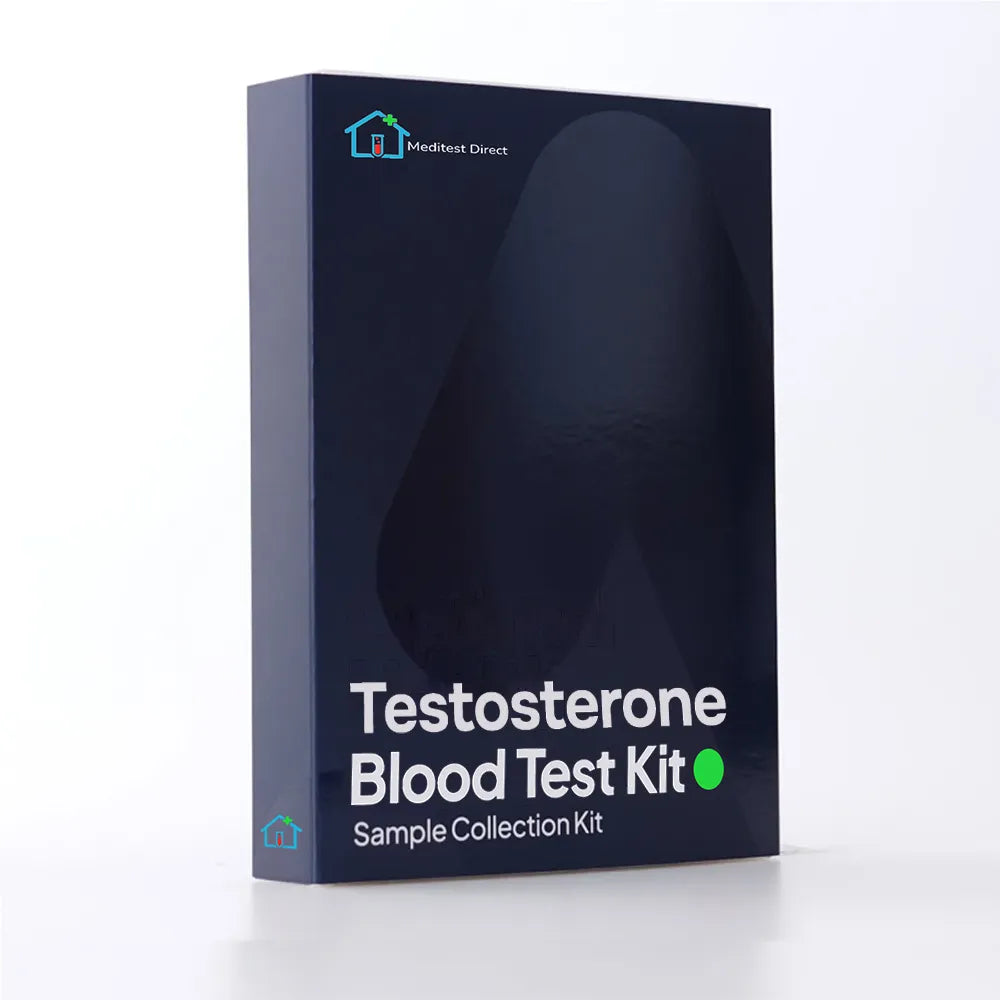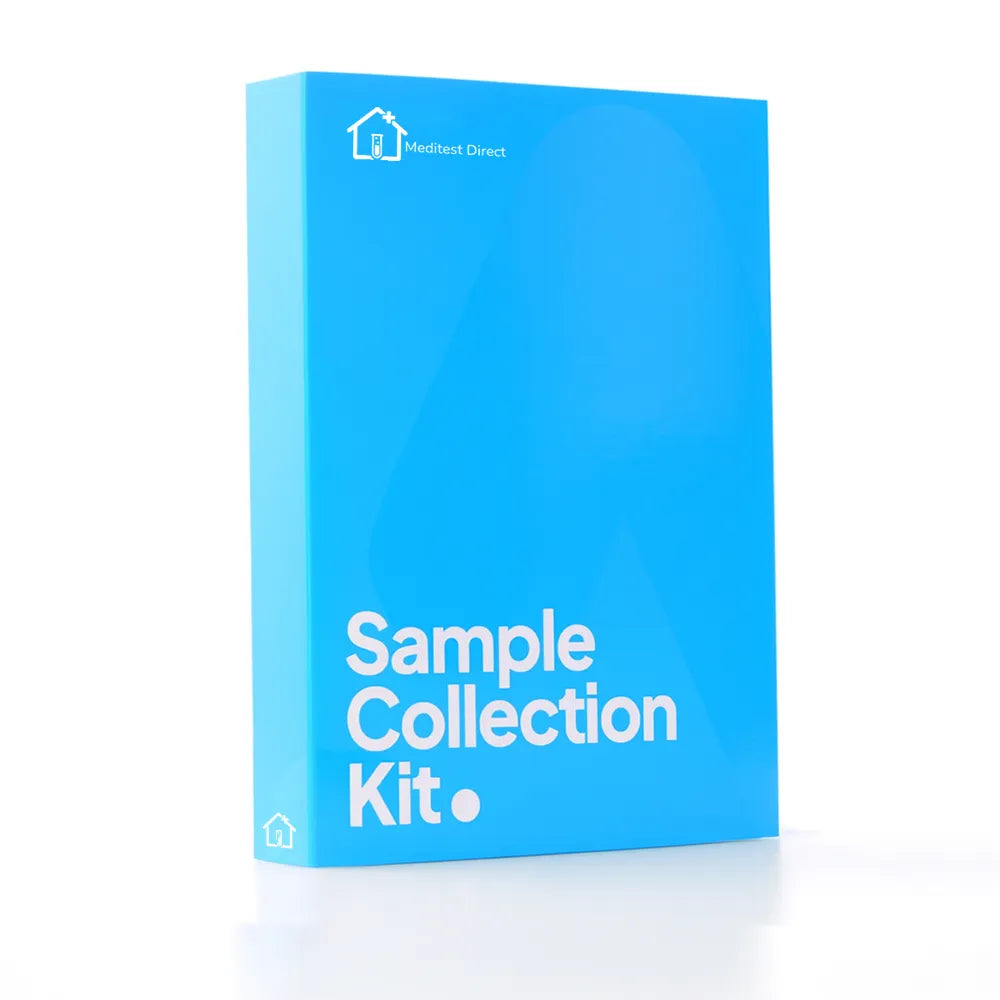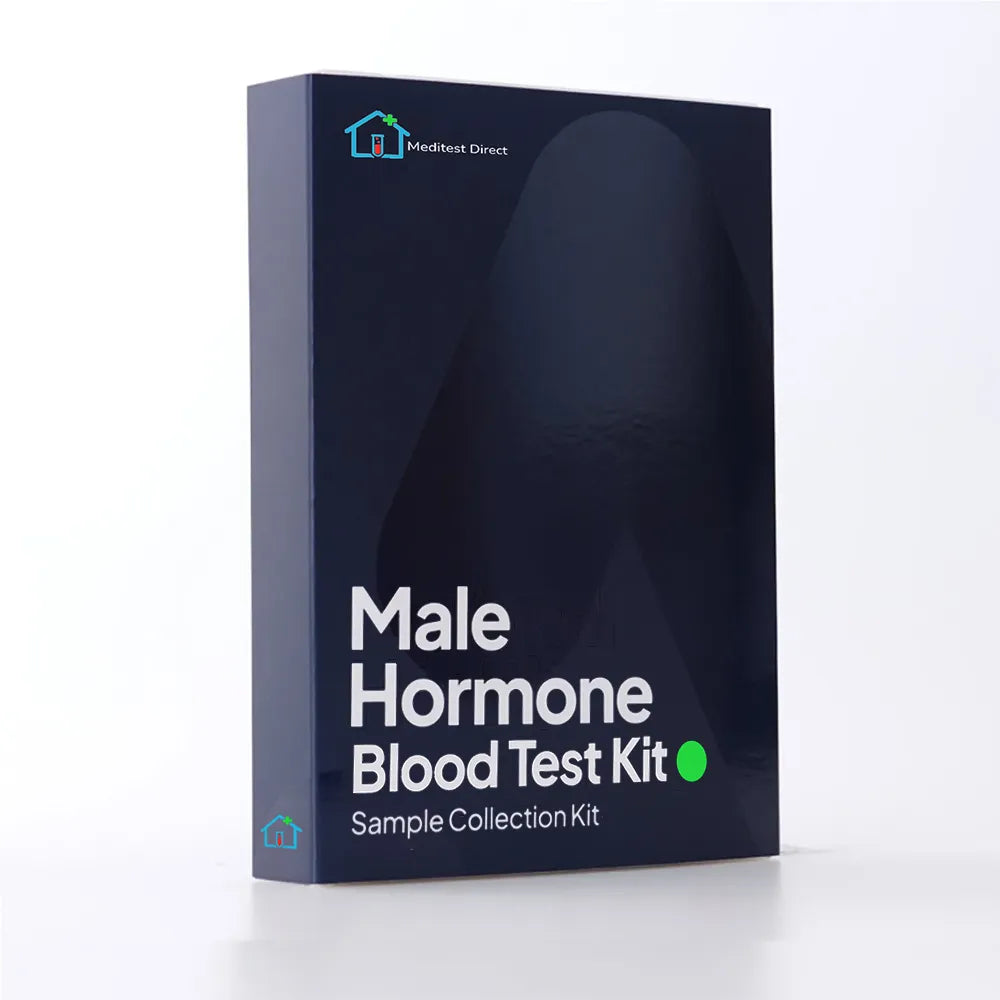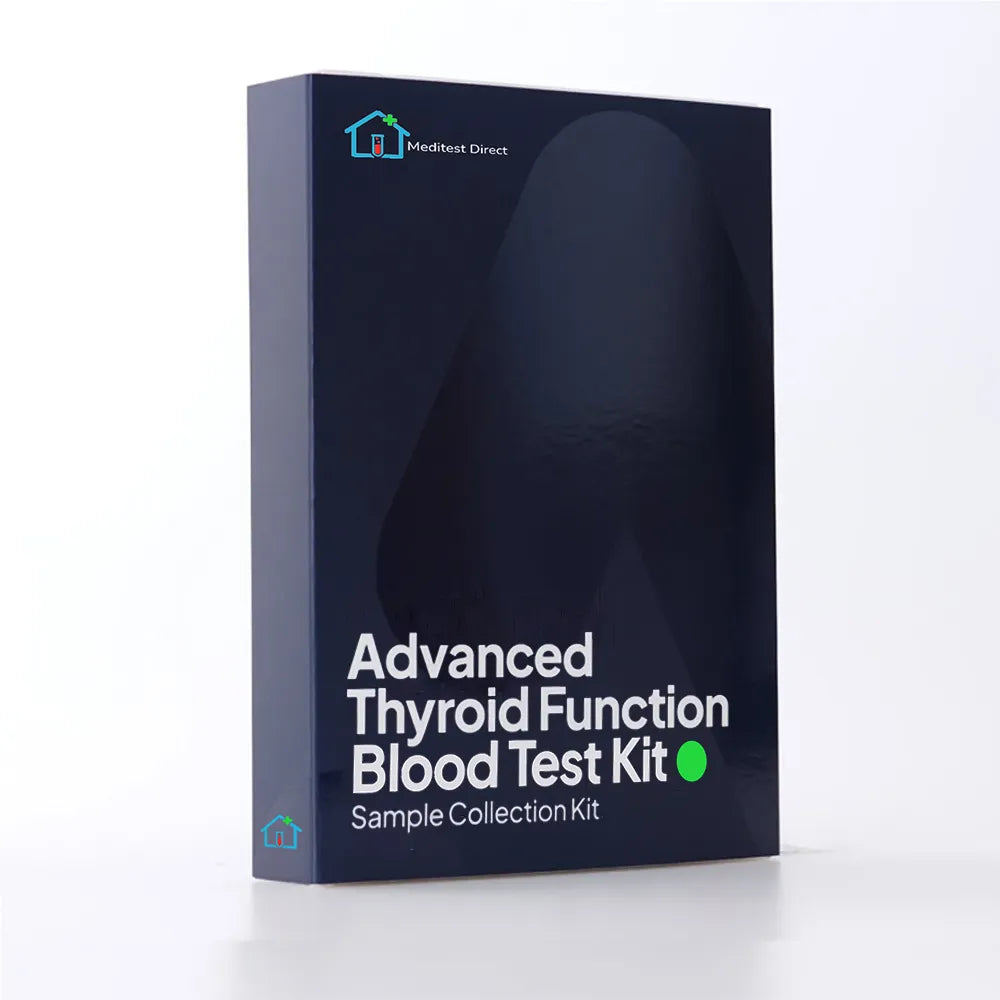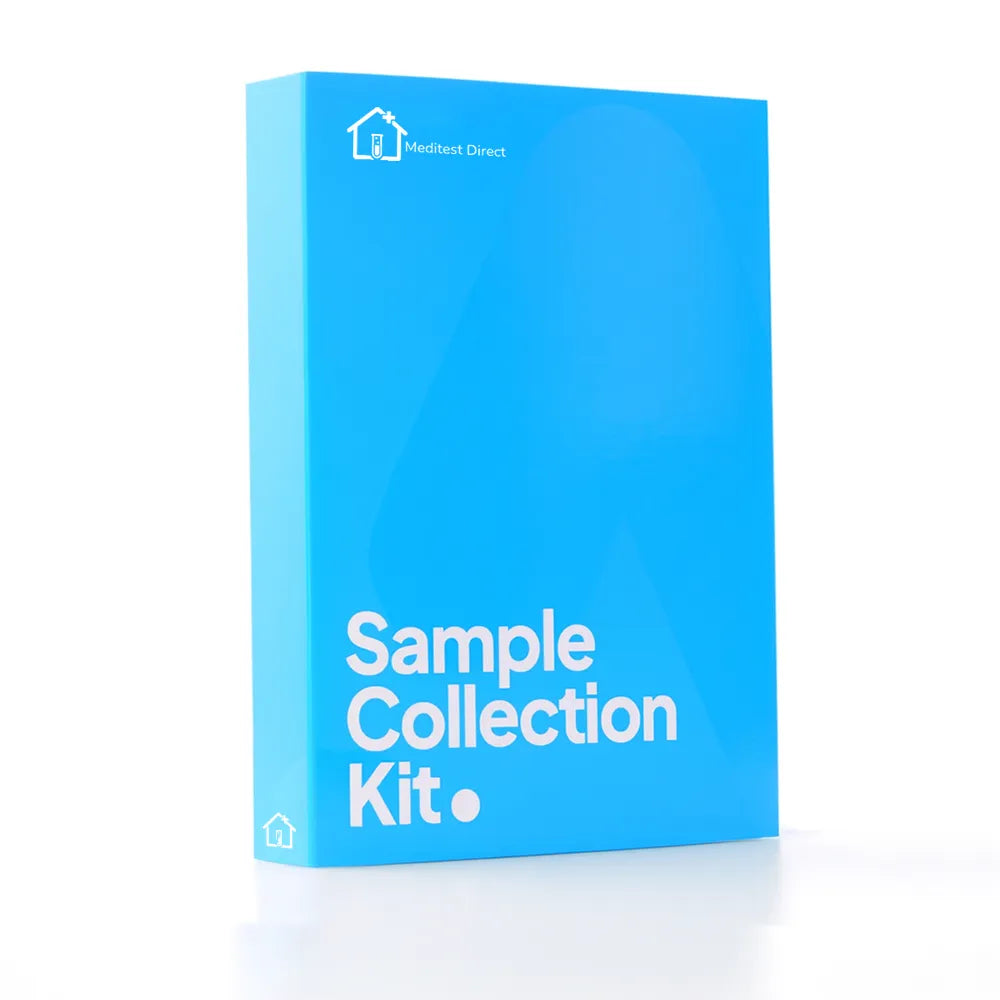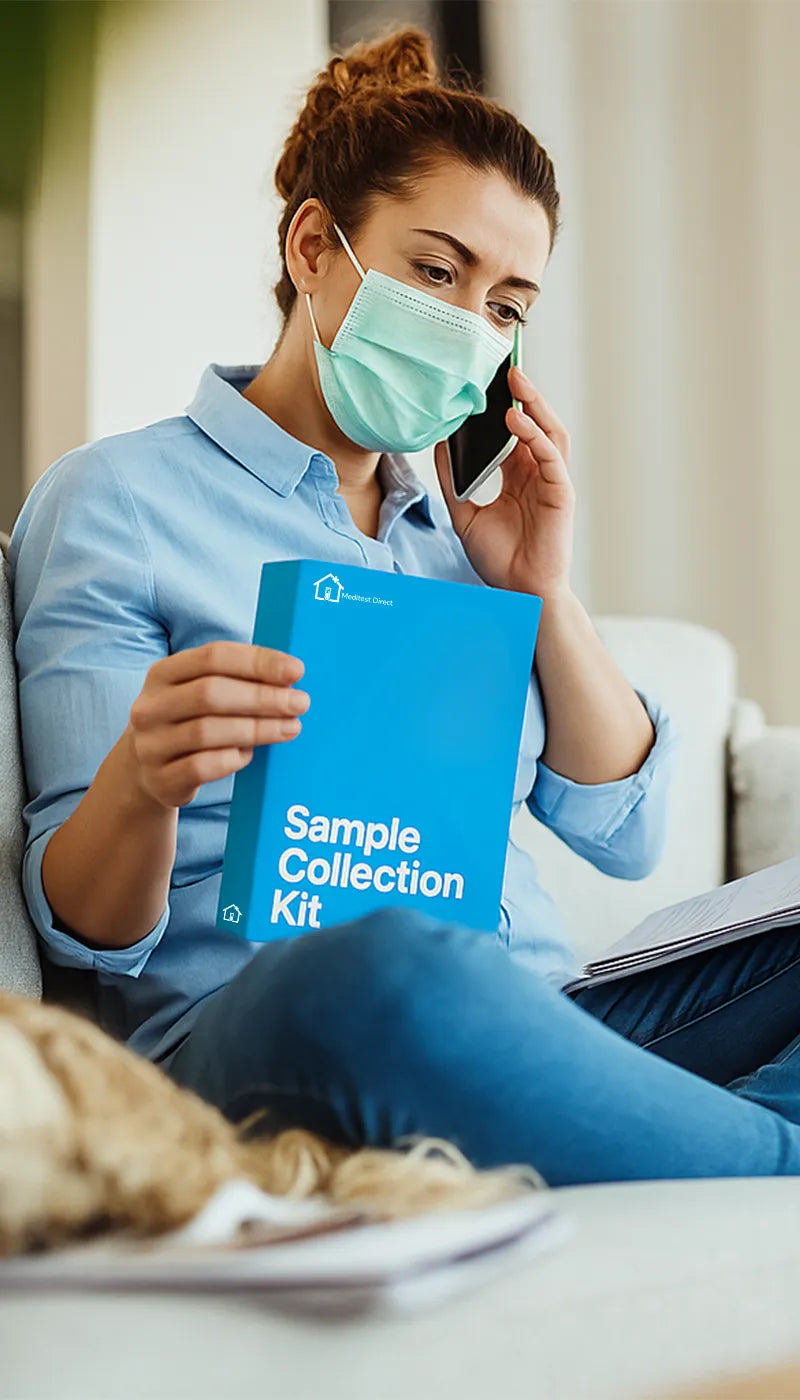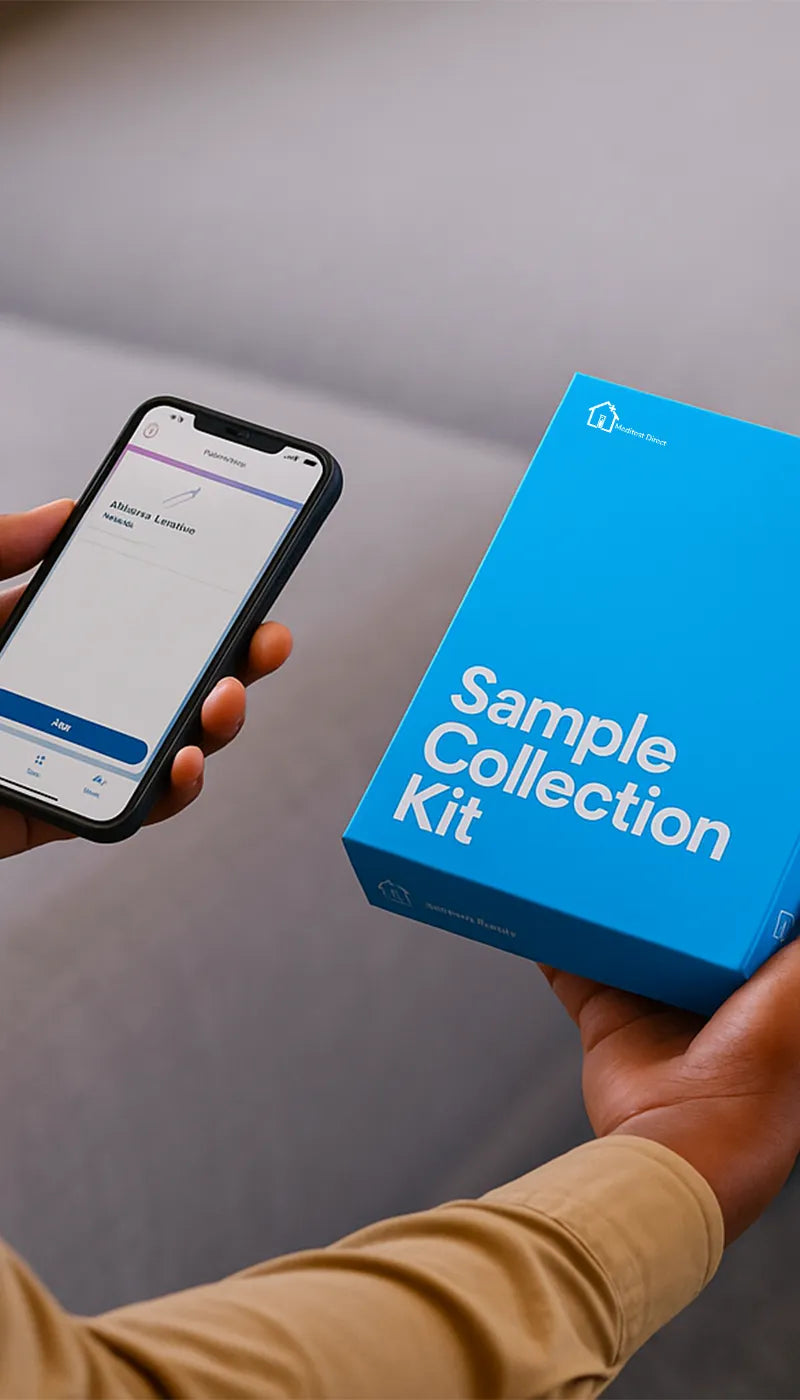This product is a home blood test kit that measures testosterone and oestradiol (oestrogen). It’s suitable for people wanting to check hormonal balance related to energy, mood, sexual function or reproductive health.
Why choose this product
-
Gives clear lab results for testosterone and oestradiol to support conversations with your clinician
-
Useful for tracking hormone changes over time or when monitoring hormone therapy
-
Simple home finger-prick collection with professional laboratory analysis
Important information
-
This product is for informational purposes only and is not intended to diagnose, treat, or prevent medical conditions
-
Results should be reviewed with a qualified healthcare professional
-
All samples are processed by UKAS-accredited laboratories
